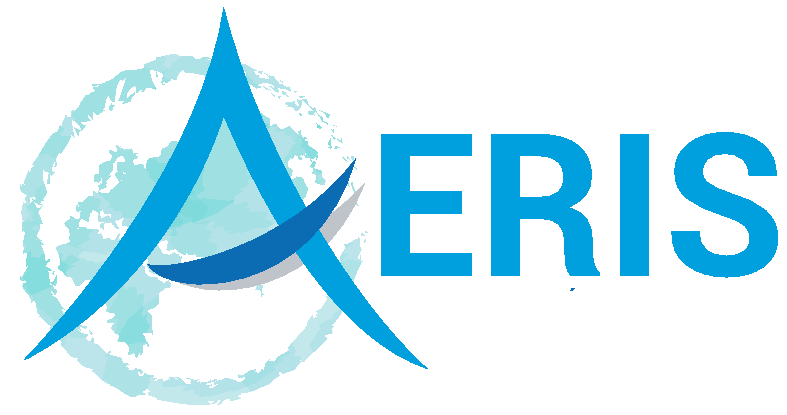|
|
GEISA-03 sub-database on Microphysical and Optical
Properties of Atmospheric Aerosols
|
General Content
The GEISA-2003 aerosols sub-database contains data on microphysical and optical properties of basic aerosol components.
The following 4 sub-databases are included:
1. A database on refractive indices of basic atmospheric aerosol components (Massie, 1994, 2003, 2004) :
This database recently updated (Massie, 2004) since its origin (Massie, 1994) comprises an extensive archive of complex refractive indices, determined both in situ and in the laboratory, from spectral transmission and reflection measurements (over 40 references), of various aerosol components, i.e. :
- Solid substances (0.33 - 50,000 cm-1)
- Water ice (0. - 22,570 cm-1)
- Water droplets (0.33 - 15,000 cm-1)
- Water soluble components (250 - 50,000 cm-1)
- H2SO4 solutions (0. - 50,000 cm-1)
- HNO3 solutions (0. - 16,382 cm-1)
- Thin films (482 - 7,000 cm-1)
- Ternary H2SO4/HNO3/H2O solution droplets (2.000-12.1126 cm-1)
2. The aerosols database from LITMS (Laboratory for information Technologies and Mathematical Similation of the Institute of Molecular Physics at the Russian Research Center Kurchatov Institute) Rublev (1994).
The first part of the archive consists in complex indices of refraction of
aerosol components, which have been used for the computation of archived aerosol integrated optical properties
(extinction coefficient, single scattering albedo, asymmetry factor) for:
In the second part, the so-called AERCOMP (FORTRAN code) software package, allowing the determination of optical properties for user-defined aerosol mixtures, has been included with its associated files for: basic aerosol constituent optical properties and related scattering phase functions, as well.
3. The database and associated software package OPAC (Optical Properties of Aerosols and Clouds) by Hess et al. 1998.
The first part of this archive is a data set of microphysical properties and the associated optical properties of:
- Ten basic aerosol components: insoluble, soot, water soluble, two sea salt modes - various kinds of salt contained in seawater-, three mineral modes - mixture of quartz and clay minerals-, mineral transported, sulfate droplets.
- Six water clouds: stratus (continental and maritime), cumulus (continental -clean and polluted- and maritime), fog, and three kinds of cirrus ice clouds, both in the solar and terrestrial spectral range.
The second part is a FORTRAN program making it possible to extract data from the above archive and allowing calculation of any user-defined mixtures of these components. A set of computed typical mixtures is archived, as well.
4. The Global Aerosol Data Set GADS (Köpke et al. 1997).
Global fields of all optical parameters necessary for an estimate of the radiative forcing by aerosol particles and to quantify the resulting climate effects are not available from measurements due to the multiple influence parameters. Therefore, using the OPAC aerosol archive, GADS provides the related global aerosol distribution as climatologically averaged values both for the winter (December through February) and summer (June through August) seasons on a global grid with a resolution of 5° by 5° longitude and latitude, independently for the components selected in OPAC. More details on the archived files structure is given in Köpke et al. (1997).
REFERENCES
|
